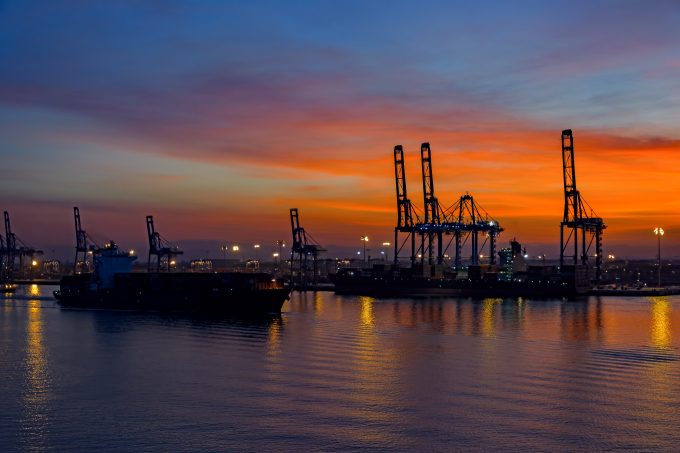Temasek-backed PSA Group – M&A hunting has its own (MSC-like) flavour
Connecting dots and rumours

A flurry of new port capacity on the Straits of Malacca could further intensify competition for South-east Asia’s transhipment cargo.
In addition to expansions by terminal operators in Singapore, Port Klang and Tanjung Pelepas – the region’s three major transhipment hubs – Malaysian authorities have announced deals with Chinese investors to build three new ports on the country’s west coast, two of which will target container traffic.
The $7.3bn Malacca Gateway Project, funded by Powerchina International, aims to be the biggest development in the region and will cater for both container and bulk cargo.
Meanwhile, just 50km from Malacca Gateway, the $3bn expansion of Kuala Linggi port is being funded by China Railway Port & Engineering Group to target the storage and transhipment of crude oil, taking aim at congested Singapore’s dominance in tanker shipping.
And just two hours’ drive from the two new developments in Malacca, Port Klang Authority (PKA) wants to build a giant $44bn, 30m-teu capacity port complex on Pulau Carey, an island adjacent to Port Klang, Malaysia’s largest port and home to terminal operators Westports and Northport.
KPA chairman Tan Sri Kong says a new deepsea port is needed to overcome congestion and to cater for future growth.
“If we do nothing now, we will continue to play second fiddle to Singapore, and will not get a share of the bigger pie in future,” he told The Star newspaper.
However, according to Govindasamy Durairaj, managing director of Malaysia-based consultant PortsWorld, Pulau Carey would trigger massive overcapacity, with its proposal likely motivated by Chinese interests rather than Malaysian.
“Where is the demand for the new port at Pulau Carey? There is certainly no demand for handling national cargo,” Mr Durairaj said, noting that the 16m-teu-capacity Port Klang handled only 13m teu last year.
“Growth of national cargo has been slow. The overall growth in throughput is from transhipment. Further demand for capacity could therefore easily be met by expanding existing facilities, especially at Westports,” he added.
Mr Durairaj said Pulau Carey, along with all the other port developments underway, could “hugely increase the capacity of the Malaysian ports along the Straits of Malacca to 60-80m teu”.
That doesn’t include Singapore, where work to relocate all container operations to the new mega-port at Tuas is also underway. Tuas will have a 65m teu capacity, up from today’s 40m teu, while terminal operator PSA reported 31m teu throughput last year, a slight decline.
“At best, it seems the Pulau Carey proposal is therefore based on some other consideration. And this is worrying,” Mr Durairaj said.
“It is hardly a strategic move for Malaysia for China to promote its national interest in the region, in particular to give it unimpeded access to the Straits of Malacca.”
Meanwhile, unprecedented carrier consolidation via mergers, acquisitions and new alliances will make life difficult for newcomers looking to capture a slice of South-east Asia’s transhipment traffic.
“In order for a transhipment hub to succeed, you would need an anchor shipping line,” said Jason Chiang, director at Ocean Shipping Consultants. “This may prove difficult for new ports with transhipment ambitions, as Maersk is with PTP [Tanjung Pelpas], and MSC, CMA CGM, and COSCO are all with PSA [Singapore].
“That leaves very few options for new ports other than to try to move the existing shipping lines by means of pricing.”
Comment on this article